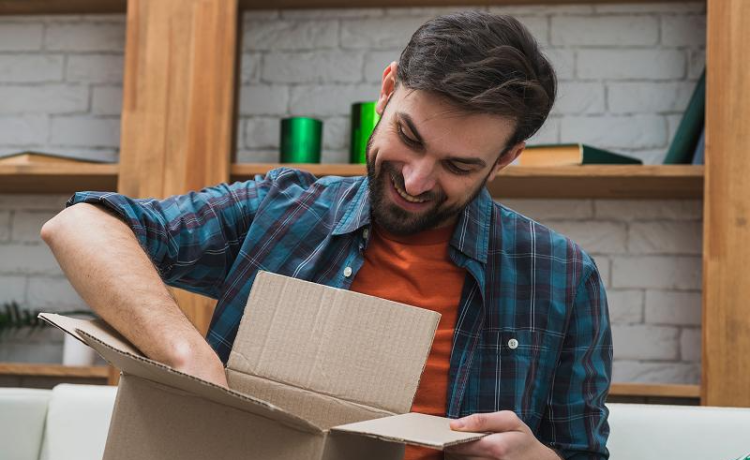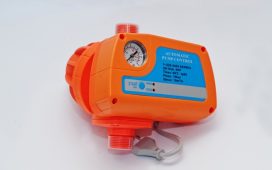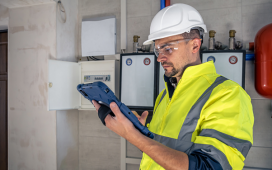So, you’ve picked up a portable Bluetooth speaker but aren’t quite sure what to do next. Do you just hit ‘pair’ and hope for the best? Not exactly. While these speakers seem straightforward, there’s a bit more to getting your setup right. A good experience starts with knowing how to use your portable Bluetooth speakers smartly, especially when you’re juggling different devices, music sources and rooms.
Here’s a no-nonsense manual that works. No jargon. No fluff. Just what you need to enjoy your speaker without missing a beat.
Don’t Skip the Manual (Yes, Really)
Let’s start with the least exciting part: reading. Most people toss the manual aside, assuming it’s all intuitive. Then come the awkward moments of wondering why the speaker won’t connect or suddenly dies after ten minutes. Even a quick skim of the manual can tell you where the buttons are, what the LED lights mean, and how to troubleshoot basic issues. Trust us, it’s five minutes well spent.
Understand Battery Life vs. Volume
Here’s the thing: battery life isn’t fixed. Cranking the volume to max can cut your battery in half. If you’re using your speaker outdoors or during travel, it helps to find that sweet spot, loud enough to hear, but low enough to last. Some portable Bluetooth speakers also have power-saving modes that kick in when idle, so knowing how that works helps, too.
Pairing Like a Pro
The first pairing is simple. What trips people up is switching between multiple devices. Say, you want to move from your phone to your laptop or let a friend connect theirs. This is where knowing how to unpair or enter pairing mode manually comes in handy. Most models have a dedicated button or a button combo. Find out what yours requires before the awkward silence.
ALSO READ: How to Choose the Right Speaker for Outdoor Listening
Check for Firmware Updates
This one gets overlooked, especially with cheaper or mini Bluetooth speakers. But some brands release updates to fix sound glitches or improve performance. You’ll usually need the brand’s app or website to check. It’s not a regular thing, but doing it once when you get your speaker helps keep things smooth.
Sound Positioning Makes a Difference
You’d be surprised how much the surface and location affect the sound. Placing your speaker on a wooden table will give you a warmer tone than on a metal shelf. Corners can amplify bass, but too much can muffle clarity. Try placing it at ear level in a room and away from walls for a more balanced sound. It’s less about buying fancy gear and more about playing around with what you’ve got.
Use Mini Bluetooth Speakers for Specific Zones
If you’re setting up audio around your space, mini Bluetooth speakers work well in smaller zones like bedrooms, work desks or kitchens. They’re lightweight, tuck into corners easily, and don’t overpower a space with sound. While their battery might not run for days, they’re great for short, focused use like calls, podcasts or ambient tracks while cooking.
Keep It Clean, Inside and Out
Over time, dust and moisture can mess with your speaker’s ports and sound quality. Wipe it down with a dry cloth regularly and keep it out of direct sunlight. If your speaker is splash-proof or water-resistant, that doesn’t mean it enjoys a full soak. Some models also let you clear old paired devices in the memory, a good habit if you’re lending it out or upgrading your phone.
Getting started with portable Bluetooth speakers isn’t just about pressing play. From understanding your battery life to positioning your speaker for better sound, small tweaks go a long way. And if you’re working with mini Bluetooth speakers, it’s about using them in the right spots, not expecting them to fill a stadium.
Contact One Futureworld to explore which speaker setup suits your style, space, and daily soundtrack best.












